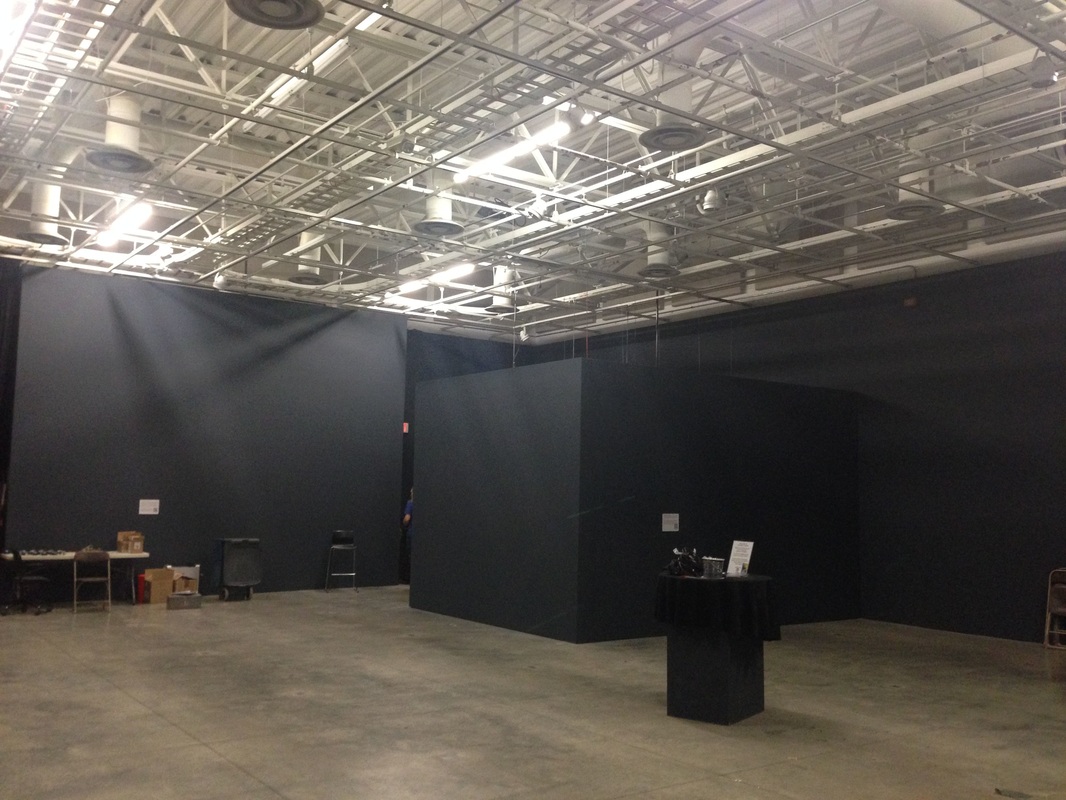Time Lenses installation apparatus & installations
Todd Ingalls, time instruments
|
Time Lenses is an installation and research apparatus of multiple displays and cameras carefully placed in a physical location to refract activity into a suite of rhythmically recomposed movements. The work is not a performance but the condition of performance: it conditions the potential experience of an interior space such that ordinary activity can acquire poetic, rhythmic (musical) charge.
Time Lenses has been exhibited in Embodied Encounters at UC Irvine (2016-2017), and as part of Machines à dessiner at Le Musée des arts et métiers Paris (2016). Time Lenses is also designed to be used as a background apparatus to any activity that happens in the space. Thus, other artist-investigators can perform research or performative actions inside or among these Lenses, treating them as part of the enlivened architecture of the space. We collaborate this way with other participants in movement-based research.
|
|
Les corps dessinant
|
These live video processing instruments installed into the rotunda of the Musée des arts et métiers Paris will augment the space so that any activity, rehearsed or unrehearsed, quotidian or marked, will refract into a suite of projections, each revealing a different temporal or rhythmic aspect of the corporeal activity in that rotunda. For example, one instrument can use pre-recorded footage of activity from before the present time. Thus, in place of live video, we can substitute archival film or re-enactments of bodies from the historical past implied by the devices and machines in the Musée des arts et métiers. Ghost bodies and present bodies intertwine in the heterotemporal musuem.
|


